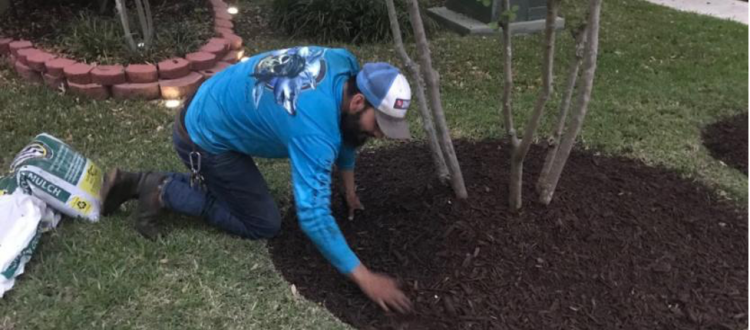Caring for Your Texas Trees in the Summer
By Jim Seth
The word “extreme” is a good way to describe a Texas summer. From droughts to flash floods, triple-digit temperatures, and relentless sun, summertime proves every Texan, whether human, animal, or vegetable, is tough. But even the most seasoned living things could use some TLC to make those extreme summers easier. Here are the most important things to know about caring for your Texas trees in the summer.
Choose Native
Texas has no shortage of native trees — especially in South and Central Texas, the swampy southeast, and the tall piney woods. Take a look at what grows naturally next time you’re out and about in a green space, and you can get some ideas for your own yard. Native plants like the Mexican plum tree, are best suited to thrive on your property without much maintenance. They’re more heat-tolerant and drought tolerant than introduced species and can survive a string of days with triple-digit heat.
Some popular native trees: the honey mesquite, cedar elm, and the live oak.
Mulch Your Trees
A good layer of mulch goes a long way in caring for your trees, no matter what season it is. In the summer, it helps maintain the soil temperature and keeps moisture from evaporating away from your tree’s roots. It also adds organic material back into the soil, helping to sustain your tree.
But it’s not just piling up a few inches of mulch under your tree. The Texas A&M AgriLife Extension suggests you make the ring of mulch around the tree as wide as you can to protect the tree’s roots. You should also avoid piling the mulch right up against the bark of your tree. Instead, create a space of a few inches, so the base of the trunk is exposed to the air.
New Trees
A newly planted tree is like a young child – totally dependent on you for nourishment and care. It needs just the right amount of water to establish its roots. Too much water will drown the roots, but not enough will cause it to die. A soaker or drip hose will help get the water directly to those roots.
Prune Your Trees
There’s nothing like a strong Texas storm to remind you that you need to get out there and trim back some branches. Pruning your trees keeps limbs from breaking in severe weather. It also enhances the health of your tree by removing dead or dying branches, pest infestations and branches that interfere with each other.
But don’t just haphazardly go out and cut branches. There are several approaches to pruning trees:
- Crown thinning – removes some branches to increase light and air movement through the tree.
- Crown raising – cut the lower branches to clear the brush underneath the tree.
- Crown reduction – remove part of the canopy when a tree has gotten too big.
You’ll also want to be careful how you cut and where.
Tip: if you have big trees, you should get the pros to come in and take care of the pruning for you.
The trees of Texas give the Lone Star state its distinctive look. One glance at the twisting branches of an oak tree or the soaring heights of the tall pines, and you know you’re in Texas. Even though they may seem like some of the hardiest parts of the landscape, your trees deserve some time and care from you. In return, you’ll see your investment pay off during the next strong thunderstorm or long drought.
Jim Seth climbed his first tree at the age of 3, and has been in love with saplings and conifers ever since. As a certified arborist, he spends a lot of time at the top these days, pruning and caring for trees, but his parents say it’s a lot easier to get him down these days.
Note From the Editor: As you venture out on the trails this summer, you may see the results of SMGA’s efforts to protect young trees during the hot weather. Thanks to the rain we’ve received in recent weeks, the Trail Crew hasn’t had to worry about watering, but even when the drier weather does come, the more vulnerable trees—those whose root systems aren’t fully developed—will be guarded by the layer of mulch surrounding them. This mulching does a number of good things for both the tree and the soil around it. It
- insulates soil and helps moderate temperature swings
- slows water evaporation from soil
- reduces soil compaction that occurs during hard rains
- interferes with weed seed germination and reduces weed growth
- makes weeds that do appear easy to pull
- keeps fungal spores and other disease organisms from splashing from soil onto the tree
- buffers trees from lawn equipment damage
- protects against soil erosion and water run-off






